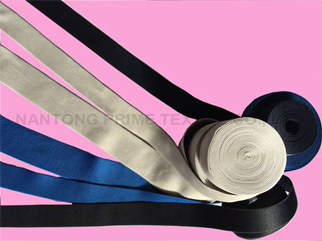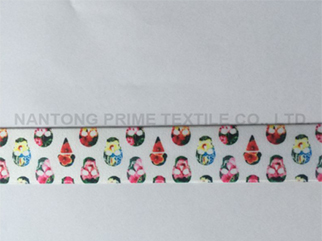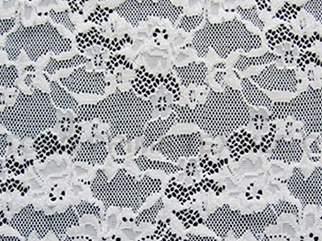Everything You Need To Know About Buying Elastics For Handmade Underwear
The fold-over elastic, also called FOE, does just that-it folds over the edges and wraps the original edges of your clothes nicely. This elastic band fits tightly to the skin. You can find FOE in a range of colors, sometimes with additional embellishments, such as dots or glitter, which gives you many options to complete your function and glitter panties.
Sewing with FOE
In order to reduce the volume on the FOE, just stitch it into a circle, trim the seam allowance to a point or semicircle, and then press to open. This can also help you prevent any raw edges from showing after you fold the elastic to the edges of your underwear.
Knit elastic is the most basic one of these elastics. It will be enclosed, hidden, and will not touch your skin, making its color and appearance far less important. Knitted ones are more suitable for underwear because you can put elastic bands in so that you will not be pierced by needles. Although the knitted elastic may not last that long when it is pierced by a needle, I personally have never encountered this kind of problem. I think if you have this kind of elastic band on hand, it is completely fine to use it.
Sewing elastic
Similarly, any mode will guide you on how to tie the elastics of your underwear. I will focus on providing some additional techniques to eliminate fear and get you started!
1. Because everyone has a slightly different preference for the degree of underwear fit, and all elastic bands are not the same, I strongly recommend using a pin or disappearing ink to mark the elastic before cutting, and then wrap the elastic. In this way, you won't wear super cool underwear.
2. Sewing elastic bands to underpants usually requires two steps: bonding and finishing. So cut a few inches of elastic, then practice sewing it to a rag, and then fix your elastic to your underwear. In this way, you can adjust the length and width of the stitches, or the pressure of the presser foot, thereby reducing the irritation of the final clothes.
3. Using thin paper between the elastic and the needle plate helps prevent the machine from eating the elastic-this is especially useful when sewing the elastic band into a circle.
4. At the opening of the trouser leg, point the seam of the elastic in the opposite direction of the seam of the trouser leg to reduce the volume.
5. When sewing the elastic for the first time, don't worry about stretching the first two or three stitches. Connect it!
6. Although it is not necessary to nail the elastic to the fabric in the second loop (finishing), it is a good idea to do so at the seams because it will increase the volume there.
We are underwear elastic band suppliers. Please feel free to contact us if you are interested in our products.

 Previous:
Do You Know Polyester Webbing?
Previous:
Do You Know Polyester Webbing?
 Next:
What Is Folding Elastic?
Next:
What Is Folding Elastic?

